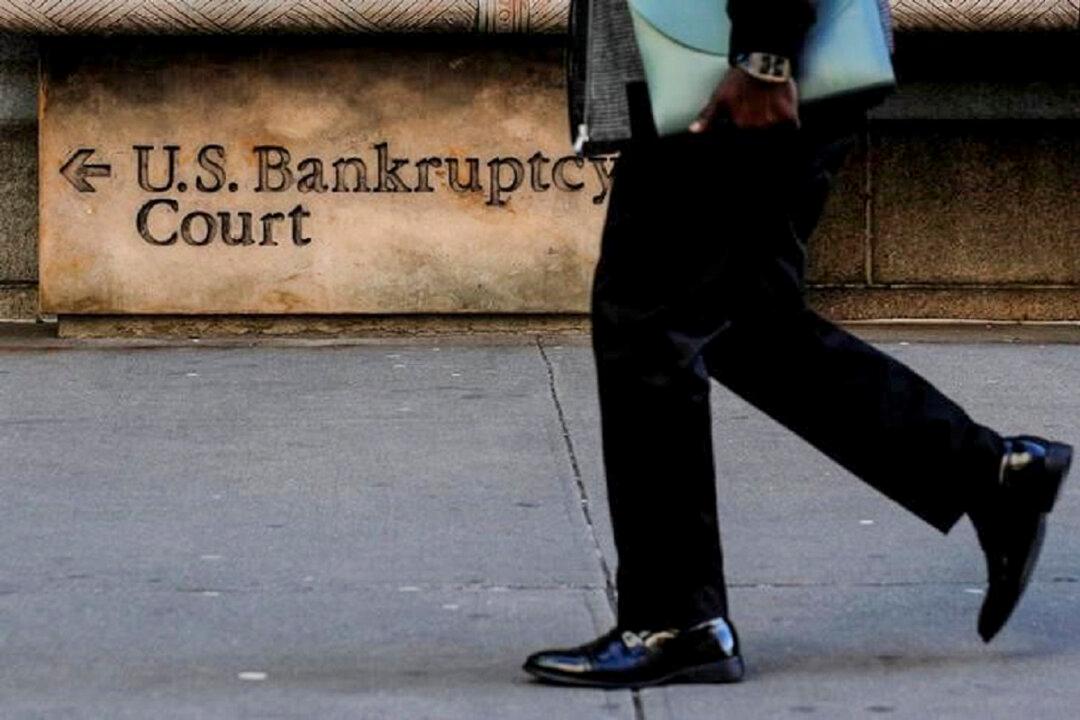Apparel retailer Bob’s Stores is shutting down all stores nationwide, citing difficulty in maintaining operations after its primary lender stopped funding the firm.
Bob’s Stores will close 21 outlets across Connecticut, Massachusetts, New Hampshire, New Jersey, New York state, and Rhode Island as part of a Chapter 11 bankruptcy filing made on June 18, the company said in a July 1 press release.
“Despite making swift and aggressive changes to the company’s structure and operations, Bob’s Stores was unable to secure the finances needed to maintain operations. Bob’s stores began Going Out of Business sales in stores on Friday June 28, with discounts of 30-70% off.”
On March 29, PNC declared a default in payments. Despite negotiations, PNC stopped funding the firms on June 12. As such, Bob’s Stores and Eastern Mountain Sports determined that Chapter 11 bankruptcy filing was “necessary and appropriate, in light of the ensuing liquidity crisis.”
In addition to their debt to PNC, Bob’s Stores and Eastern Mountain Sports owe more than $26 million to trade creditors, landlords, and in outstanding operating debts.
The company clarified that all sales made during the liquidation process will be final and no returns would be accepted. Gift cards and merchandise credits will be accepted until July 14. Exchanges are also accepted until this date.
2024 US Bankruptcies
In the first half of this year, 3,016 commercial Chapter 11 bankruptcies were filed, the American Bankruptcy Institute (ABI) said in a July 3 press release citing data from Epiq AACER, a provider of U.S. bankruptcy filing data.This was a 34 percent increase over the same period last year. Small business bankruptcy filings rose 61 percent.
“The continued increase in bankruptcy filings reflects the growing economic strain on businesses and households,” ABI Executive Director Amy Quackenboss said.
“We hope that efforts continue on Capitol Hill to reinstate higher debt-eligibility limits for small businesses and chapter 13 filers to create greater access and a more efficient process for small businesses and families to achieve a financial fresh start.”
The firm expects U.S. consumer spending, investment, and government spending to grow by at least 2 percent this year and exports by 4 percent.
“Despite an expected slowdown in the coming quarters, we expect the U.S. economy to post real growth of 2.4 percent this year and 1.4 percent in 2025,” Deloitte said.
S&P bankruptcy numbers only take into account large companies exceeding certain asset and liability thresholds.
Some of the largest bankruptcies so far this year involving companies with more than $1 billion in liabilities include IT firm Dynata, consumer discretionary company Red Lobster, healthcare business Invitae Corp., and energy firm Enviva.







